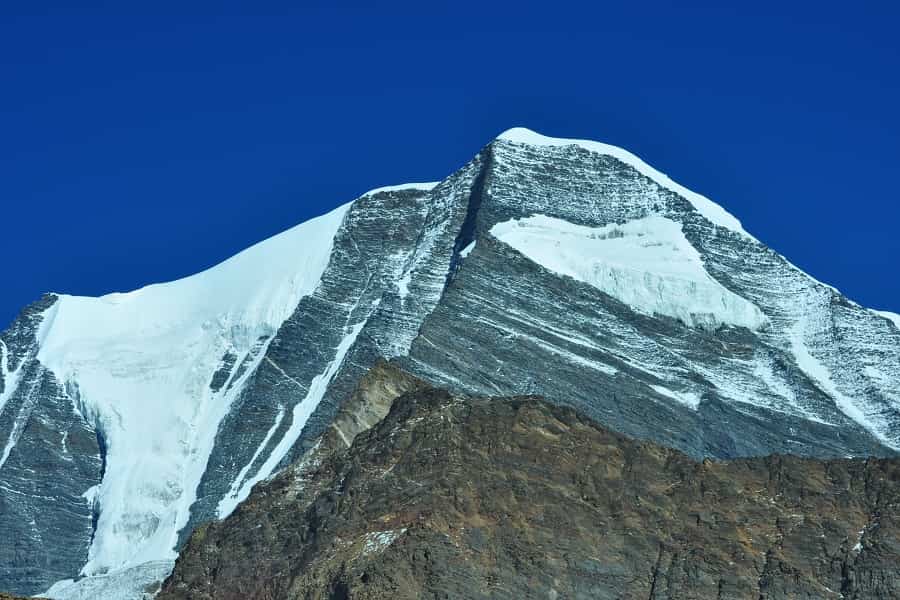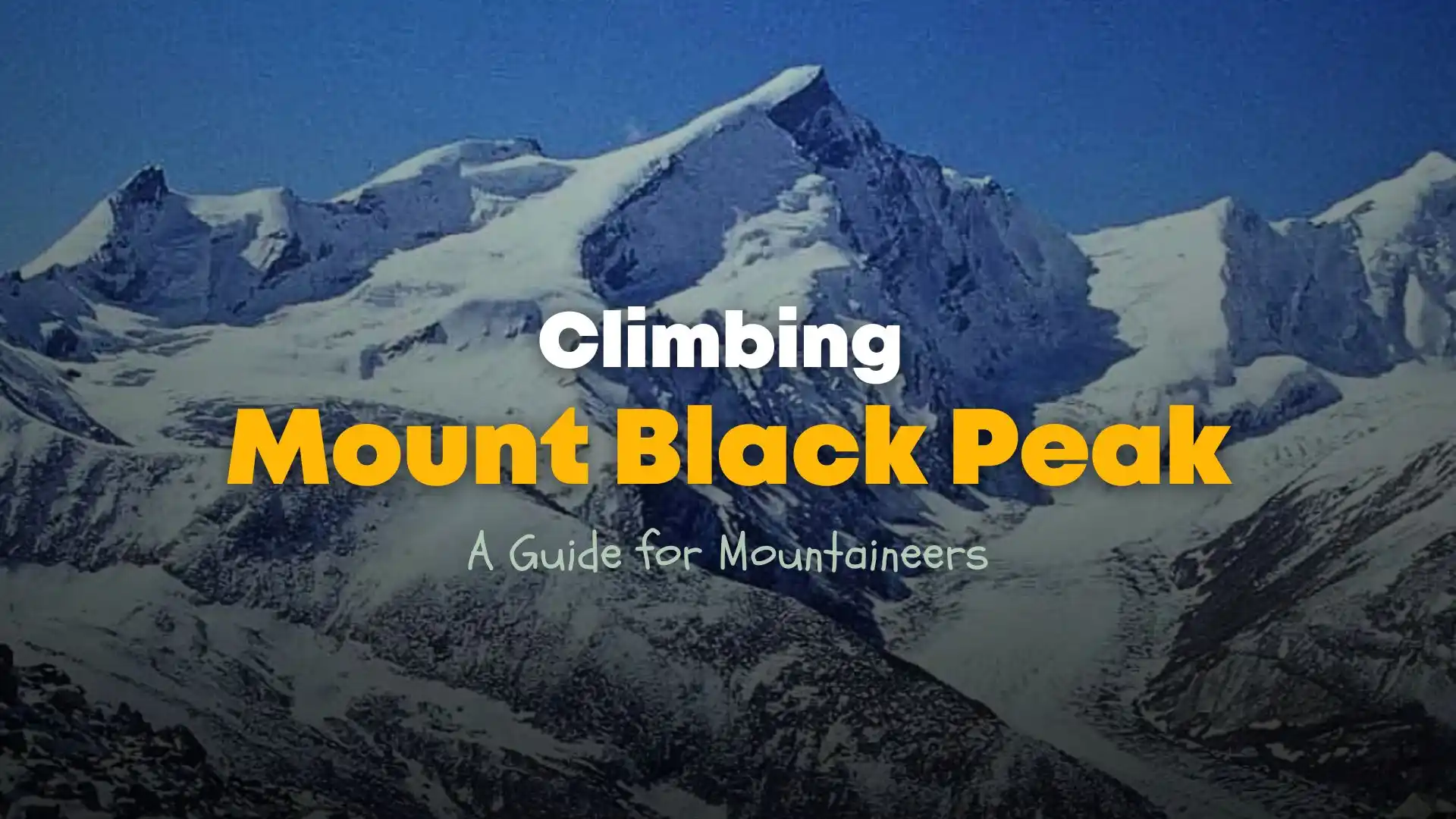Climbing Mount Black Peak: A Guide for International Mountaineers
Introduction of Mount Black Peak
Mount Black Peak, or Kala Nag as it is locally known, is one of the most majestic and challenging peaks in the Indian Himalayas. Rising to an impressive altitude of 6,387 meters (20,955 feet), this peak is part of the Bandarpunch massif in the Garhwal region of Uttarakhand. Its allure lies not just in its height but in the diverse terrain, varying from verdant meadows to icy crevasses, making it a sought-after destination for experienced international mountaineers.
Getting There The journey to Mount Black Peak begins in the bustling city of Dehradun, which is well-connected to major Indian cities by air, rail, and road. From Dehradun, mountaineers typically travel to the small town of Sankri, a popular base for several treks and expeditions in the Garhwal Himalayas. Sankri serves as the last point of civilization before the trek begins.
Check : Mount Black Peak Expedition
The Route of Mount Black Peak

The standard route to Mount Black Peak follows the Bandarpunch Glacier and is usually attempted via the south-eastern ridge. Here’s a day-by-day breakdown of the typical itinerary:
- Day 1: Sankri to Taluka The trek starts with a drive from Sankri to Taluka, followed by a trek through dense forests of chestnut, walnut, and chinar trees, leading to the quaint village of Osla.
- Day 2: Osla to Ruinsara Tal The trail becomes steeper as you move towards Ruinsara Tal, a serene glacial lake surrounded by snow-capped peaks. This is an ideal spot for acclimatization.
- Day 3: Ruinsara Tal to Base Camp From Ruinsara Tal, the trek to the Base Camp involves crossing the Bandarpunch Glacier. The views here are breathtaking, with the Black Peak looming in the background.
- Day 4-6: Acclimatization and Training Acclimatization is crucial for a successful ascent. These days are spent practicing ice and snow techniques, crevasse rescue, and acclimatization hikes.
- Day 7: Base Camp to Advanced Base Camp A challenging day involving steep climbs and navigating through icy terrain. The advanced base camp is set up on a plateau that offers stunning views of the surrounding peaks.
- Day 8: Summit Attempt The summit push begins early, typically around midnight. The climb involves navigating a steep ridge, and depending on the conditions, the use of fixed ropes may be necessary. The final ascent is a mix of rock and ice climbing, rewarding climbers with panoramic views of the Garhwal Himalayas.
- Day 9-10: Descent After a successful summit, the descent to base camp and then back to Sankri follows the same route.
Best Time to Climb to Mount Black Peak
The ideal time to attempt Mount Black Peak is during the pre-monsoon (May to June) and post-monsoon (September to October) seasons. During these periods, the weather is relatively stable, and the snow conditions are favorable for climbing.
Permits and Regulation for Mount Black Peak
Foreign climbers must obtain several permits before attempting the climb, including a permit from the Indian Mountaineering Foundation (IMF). It is advisable to coordinate with Shikhar Travel Mountaineer Expedition Agency to handle these logistics.
Essential Gear and Bag Pack
Climbers should prepare for extreme conditions with the following essentials:
- Mountaineering gear: Ice axe, crampons, harness, carabiners, and ropes.
- Clothing: Layered clothing for insulation, including a down jacket, thermal base layers, and waterproof outerwear.
- Footwear: Insulated mountaineering boots with gaiters.
- Camping gear: Four-season tent, sleeping bag rated for sub-zero temperatures, and a sleeping mat.
- Miscellaneous: Sunglasses with UV protection, sunscreen, headlamp, first aid kit, and high-energy snacks.
Challenges and Considerations
Climbing Mount Black Peak is not for the faint-hearted. The climb requires a high level of physical fitness, technical climbing skills, and experience in high-altitude mountaineering. The unpredictable weather, crevasses, and the need for acclimatization add to the challenge.
Conclusion
Mount Black Peak offers international mountaineers an exhilarating experience, blending the thrill of climbing a high-altitude peak with the raw beauty of the Garhwal Himalayas. With proper preparation, determination, and respect for the mountain, climbers can conquer this formidable peak and create memories that will last a lifetime.
